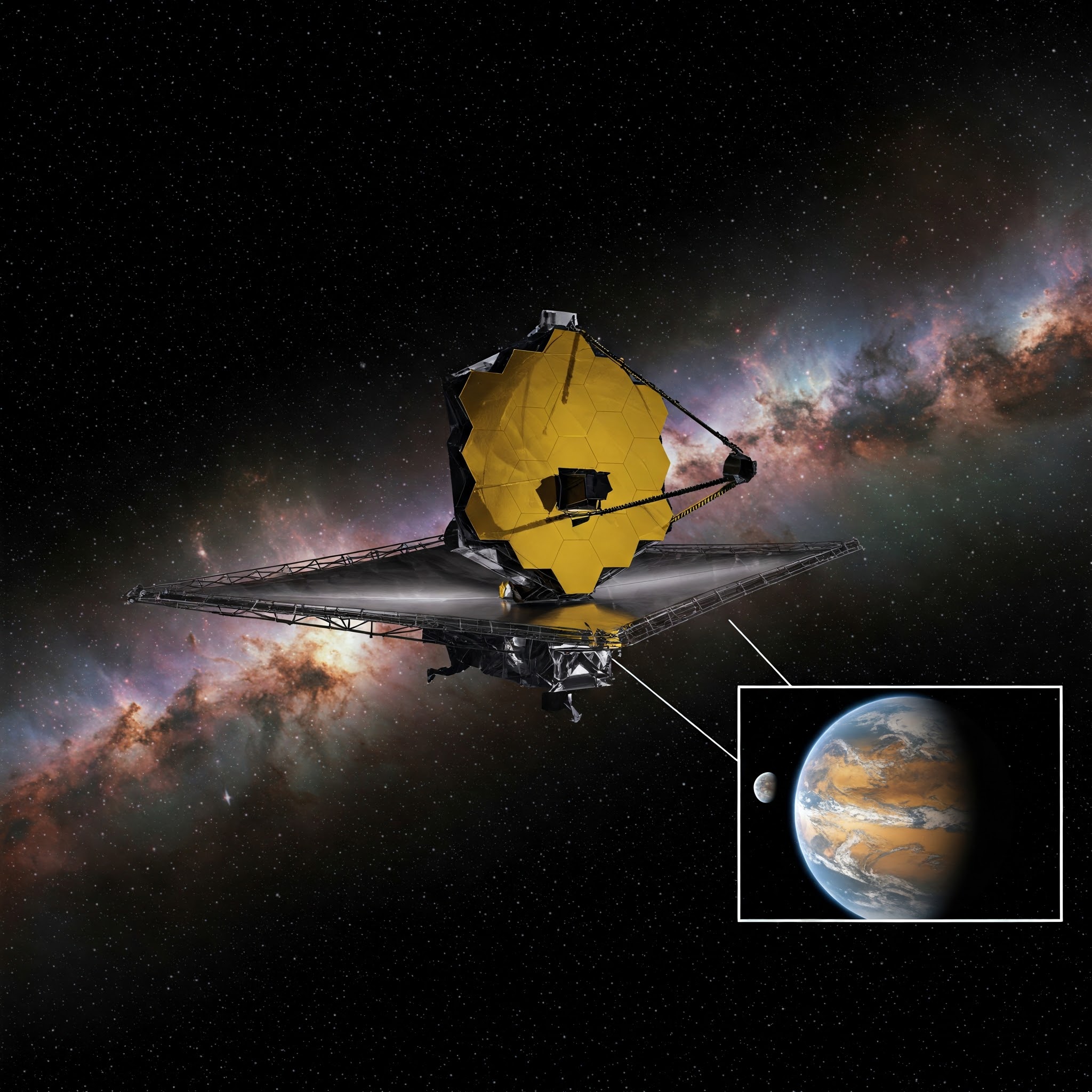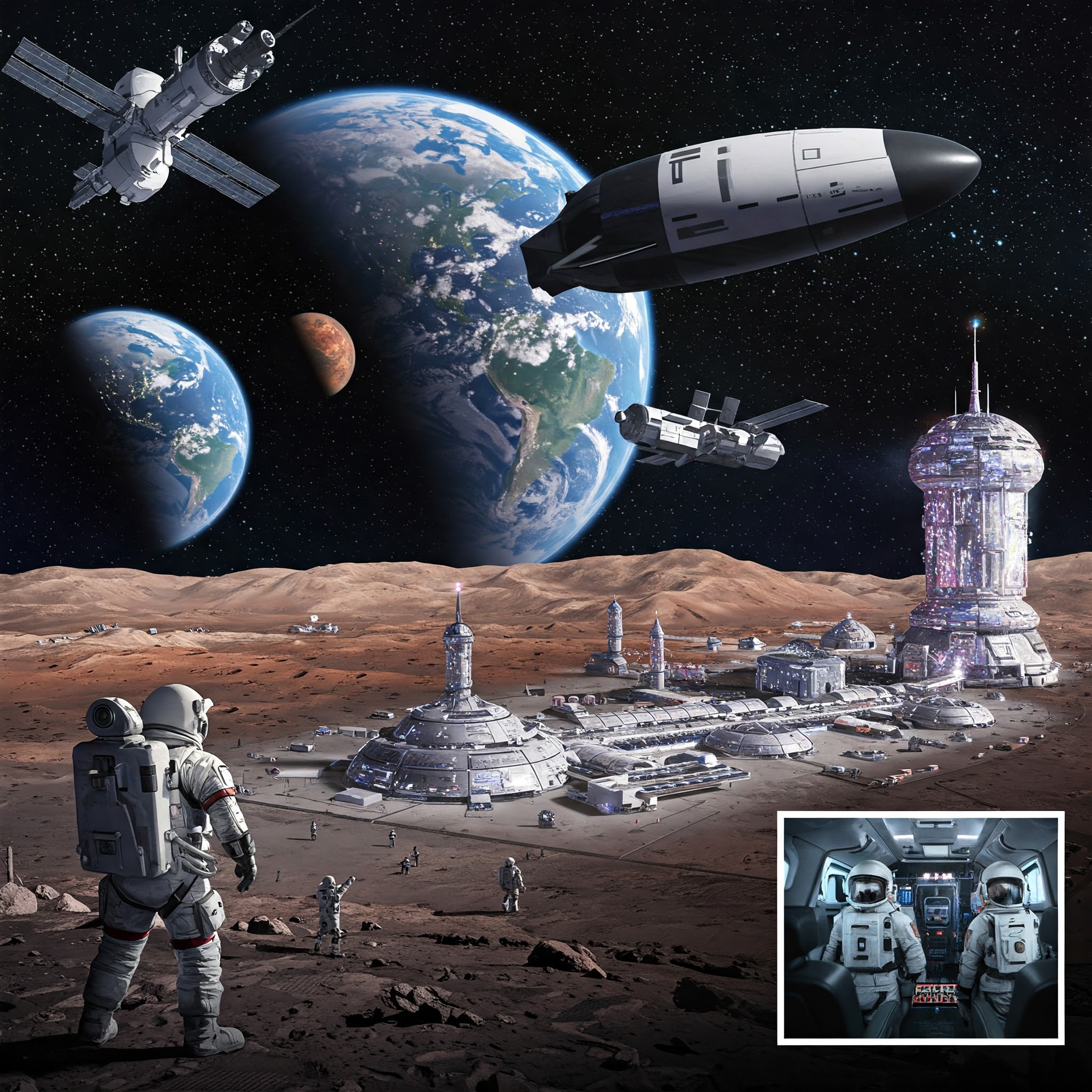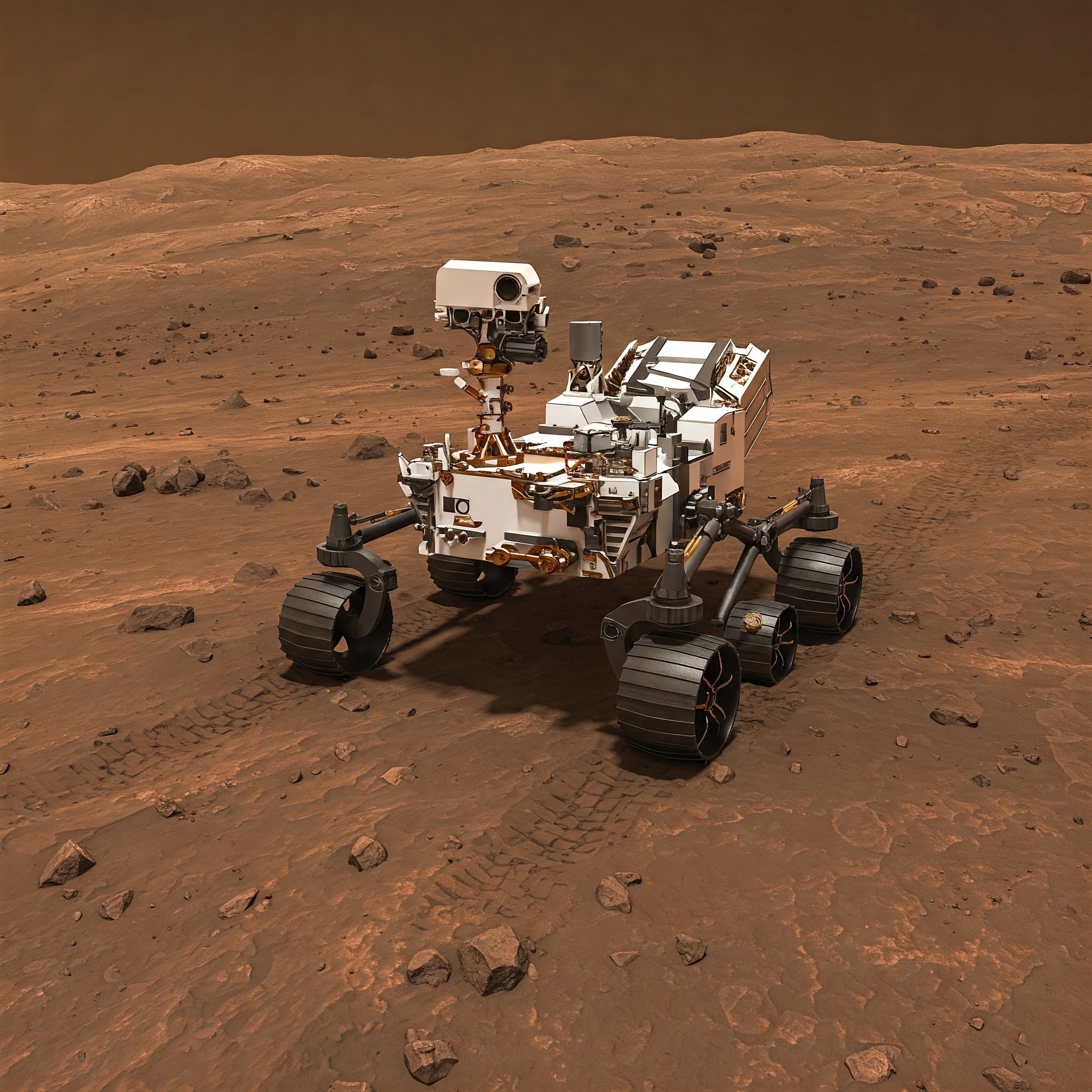Since its launch in 2021, the James Webb Space Telescope (JWST) has been revolutionizing our understanding of the universe. As the most powerful space telescope ever built, it promises to answer some of the biggest questions about the cosmos, from the origins of the universe to the potential for life on other planets. But what exactly makes this telescope so special?

1. What Is the James Webb Space Telescope?
The James Webb Space Telescope is a space-based observatory designed to look deeper into space and further back in time than ever before. It is the successor to the famous Hubble Space Telescope and is equipped with advanced infrared capabilities that allow it to observe the universe in a way no telescope has done before.
JWST is primarily designed to:
-
Study distant galaxies: To explore the formation of the earliest galaxies after the Big Bang.
-
Investigate exoplanets: To study the atmospheres of planets outside our solar system and look for signs of habitability.
-
Observe star and planet formation: By looking through clouds of dust that are often opaque to visible light.
2. Why Is JWST So Powerful?
JWST is equipped with several advanced features that make it unique:
-
Infrared Technology: Unlike the Hubble, which observes in visible light, JWST is an infrared telescope. This allows it to see through cosmic dust and observe the universe’s oldest and most distant objects, which are often hidden from view in visible light.
-
Massive Primary Mirror: The telescope’s 6.5-meter primary mirror is over 2.5 times larger than Hubble’s, which means it can collect more light and reveal fainter and more distant objects.
-
Precision Instruments: JWST carries a suite of instruments, including cameras and spectrometers, that can analyze the light from distant stars and planets in fine detail.
3. Key Goals of JWST
JWST has several exciting missions and objectives:
-
Exploring the Early Universe: By observing the first galaxies that formed after the Big Bang, JWST will give us insight into the universe’s infancy and how galaxies evolved over billions of years.
-
Studying Exoplanet Atmospheres: JWST will look at the atmospheres of exoplanets to see if they contain gases like oxygen, methane, or carbon dioxide—key ingredients for life as we know it.
-
Understanding Star and Planet Formation: The telescope will look at star-forming regions where new stars and planetary systems are born, giving us a glimpse into the processes that shape the cosmos.
4. The Launch and Deployment of JWST
One of the most impressive aspects of JWST’s journey is the complex process of getting it into orbit. Launched aboard an Ariane 5 rocket from French Guiana, JWST traveled 1.5 million kilometers from Earth to its orbit at the second Lagrange point (L2), where it now sits in a stable position in space.
The telescope’s deployment was a highly delicate operation:
-
The sunshield was deployed to protect the instruments from heat and light from the Sun.
-
The primary mirror unfolded and aligned to its full size.
-
The instruments were calibrated to begin observations after months of setup.
5. What Will JWST Discover?
JWST has already begun to make groundbreaking observations:
-
First Deep-Field Images: JWST’s first deep-field image revealed galaxies from over 13 billion years ago, showing us the early universe in stunning detail.
-
Exoplanet Atmospheres: The telescope has already begun analyzing the atmospheres of exoplanets to detect molecules that could point to the presence of life.
-
Star Formation: It has started to study regions where stars are being born, revealing the intricate details of these processes.
The discoveries will continue to grow as the telescope carries out its ambitious mission.
Conclusion
The James Webb Space Telescope is a game-changer in our quest to understand the universe. With its advanced technology, JWST is pushing the boundaries of what we know about space, time, and life itself. As it continues to explore the cosmos, it will undoubtedly unlock more secrets of the universe, bringing us closer to answering some of humanity’s biggest questions.


